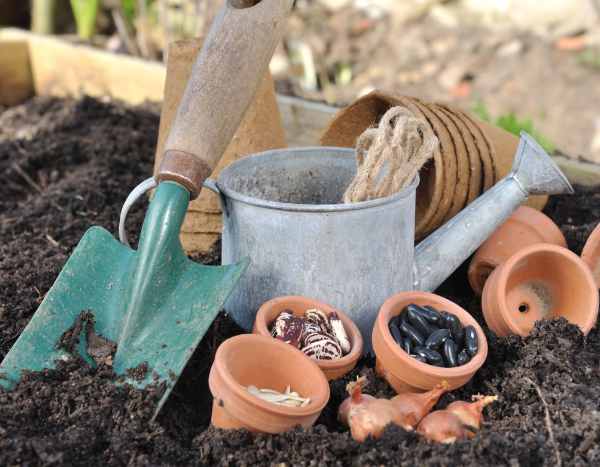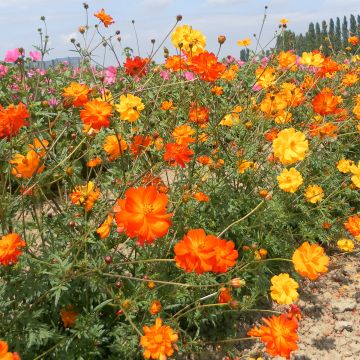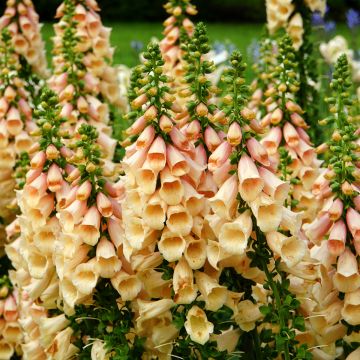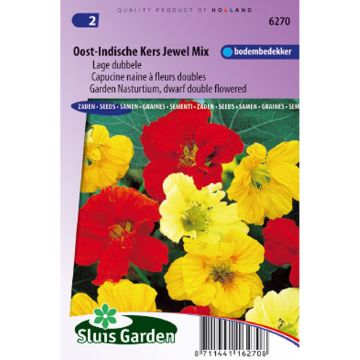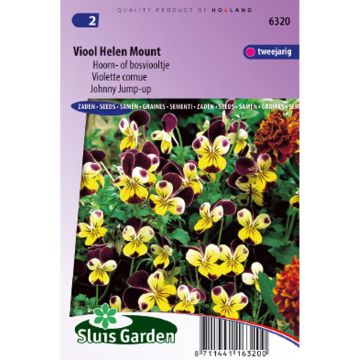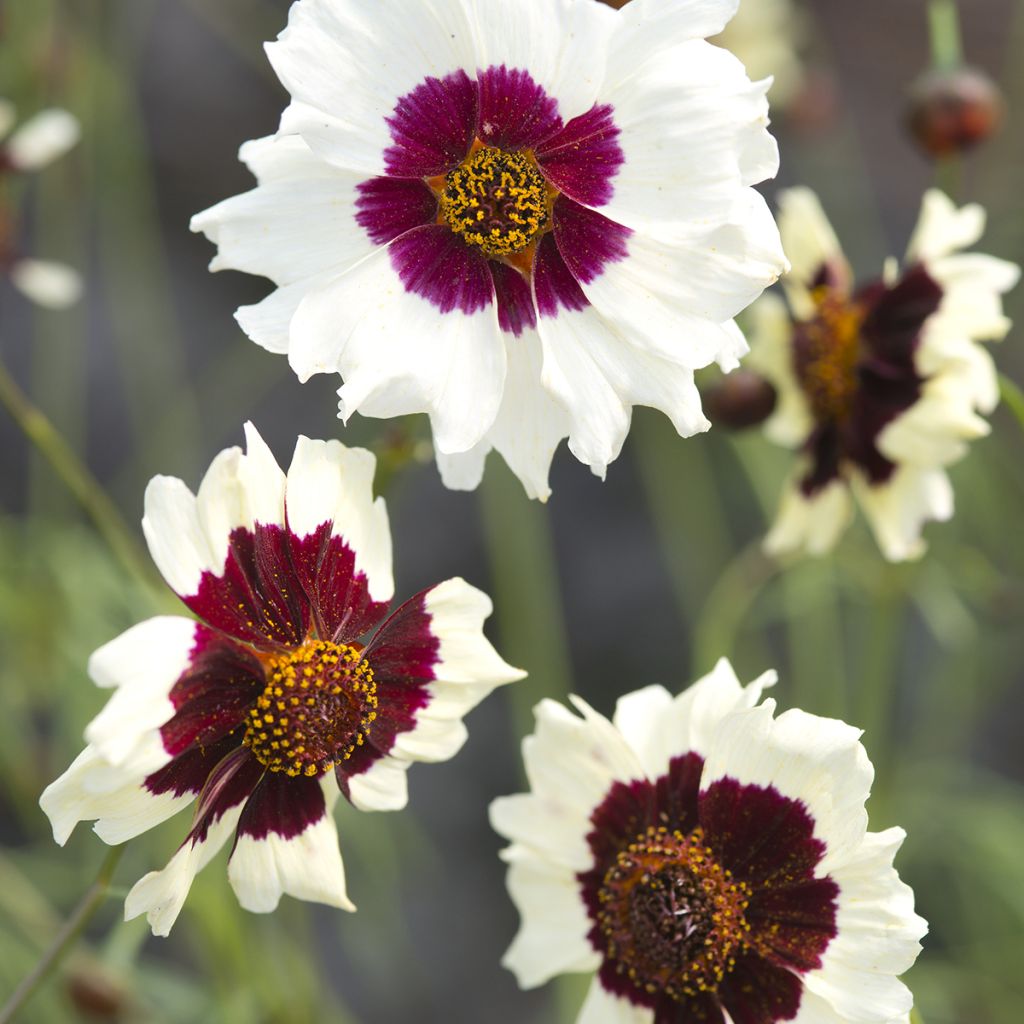

Coreopsis Incredible! Swirl Seeds - Coreopsis tinctoria
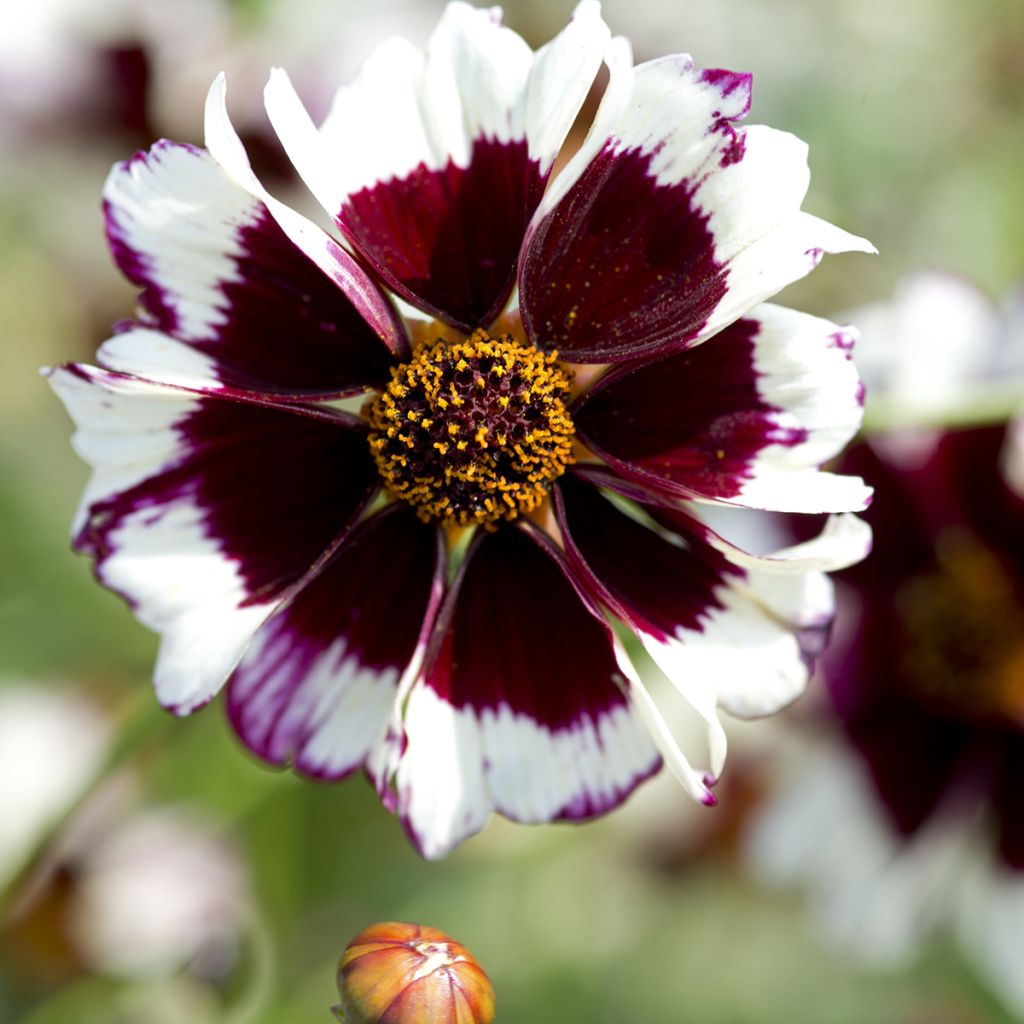

Coreopsis Incredible! Swirl Seeds - Coreopsis tinctoria
Coreopsis Incredible! Swirl Seeds - Coreopsis tinctoria
Coreopsis x tinctoria Incredible! Swirl
Plains coreopsis, Garden Tickseed, Golden Tickseed
Special offer!
Receive a €20 voucher for any order over €90 (excluding delivery costs, credit notes, and plastic-free options)!
1- Add your favorite plants to your cart.
2- Once you have reached €90, confirm your order (you can even choose the delivery date!).
3- As soon as your order is shipped, you will receive an email containing your voucher code, valid for 3 months (90 days).
Your voucher is unique and can only be used once, for any order with a minimum value of €20, excluding delivery costs.
Can be combined with other current offers, non-divisible and non-refundable.
Home or relay delivery (depending on size and destination)
Schedule delivery date,
and select date in basket
This plant carries a 6 months recovery warranty
More information
We guarantee the quality of our plants for a full growing cycle, and will replace at our expense any plant that fails to recover under normal climatic and planting conditions.
Would this plant suit my garden?
Set up your Plantfit profile →
Description
The annual Coreopsis Incredible! Swirl is a tall, extremely floriferous variety that blooms throughout summer. This annual plant is one of the easiest to succeed with. Sown in spring, its flowering spreads from July to October in a multitude of inflorescences with a burgundy centre and white periphery. This colour contrast is perfectly highlighted by the beautiful, bright green foliage. Thriving in full sun and tolerating light shade, this Coreopsis grows in most soils and can even be cultivated in pots. Forming superb borders, it integrates easily into a varied flowerbed and provides colourful bouquets for the home.
Coreopsis is a member of the very large Asteraceae family, the second most important in the vegetable kingdom (after orchids) which includes over 23,000 species. It was formerly known as Compositae, because what are taken for flowers are actually inflorescences, typically composed of tubular flowers in the centre and ligulate ones on the periphery. The many ornamental, wild or cultivated genera that make up this group therefore all have familial resemblance, whether it be the humble Daisies, the imposing Sunflowers or the popular Dusty Miller.
The Coreopsis genus is native to North and South America, as well as Mexico. It is rich with about 80 species, divided into eleven botanical sections, including some annuals alongside the perennial Coreopsis abundantly planted in our gardens. Coreopsis tinctoria is one of them, whose natural range extends from Canadian Saskatchewan and Minnesota in the northern United States, to Louisiana, Texas and Arizona in the south. It forms clumps with erect and branching stems, reaching 1 m in height, with very narrow, 10 cm long leaves. Flowering from July, it produces heads 4 cm in diameter, forming a red heart bordered with bright yellow. Already very ornamental, the wild species has been the subject of multiple hybridisations to produce new horticultural varieties.
This is the case with Coreopsis x tinctoria 'Incredible! Swirl' which is a very floriferous selection, whose height in flower reaches 80 cm, or even a little more. The 35-40 cm wide clumps display the characteristic, very lanceolate, beautiful bright green leaves, which blend perfectly with the colours of the flowers. These bloom from late June to early July, depending on the region and renew themselves until October, thus ensuring the spectacle throughout summer. Admittedly, they are not very large, measuring approximately 2.5 cm in diameter only, but they catch the eye with their very contrasting colour combination. The petal-like ligulate flowers are burgundy from the base to half their length, while their tip turns abruptly white. The heart of the inflorescence, made up of tubular flowers, is a combination of dark burgundy red and golden, the colour of the stamen tips. Produced in abundance, the truly numerous inflorescences compose a beautiful harmony. Carried by the long floral stems, they undulate in the wind, thus creating an attractive, dynamic scene. Moreover, they are nectar-rich and attract bees and butterflies, thus promoting biodiversity in the garden.
The easy to sow and grow, annual Coreopsis Incredible! Swirl is the perfect beginner's plant, which produces great satisfaction for minimal effort. With rapid development, one year's sowing will enchant your garden all summer until autumn, while providing you with superb bouquets to decorate your interior. Accepting pot cultivation, this annual will thrive in light, well-drained soil, preferably in full sun. Place it in a varied flowerbed to provide flowers, alongside bushes and perennial plants, or create a seasonal flowerbed with other annuals. Ricinus could form the background, with its tall height and purplish palmate leaves, an ideal backdrop. Spider Plant 'White Queen' with its surprising shape and white flowers with spidery grace will coexist well with your Coreopsis, and for the border, choose low yellow-flowering annuals to create a vegetation gradient.
Coreopsis Incredible! Swirl Seeds - Coreopsis tinctoria in pictures


Flowering
Foliage
Plant habit
Botanical data
Coreopsis
x tinctoria
Incredible! Swirl
Asteraceae
Plains coreopsis, Garden Tickseed, Golden Tickseed
Coreopsis hybrida Incredible! Swirl
Cultivar or hybrid
Planting and care
Coreopsis can be sown in two ways: under cover or directly in the ground.
1/ Under cover: Sow Coreopsis in February-March in a seed tray. Use good quality potting soil, possibly enriched with compost. Broadcast sow your seeds. Cover the seeds very lightly by sprinkling potting soil or vermiculite on top, press down gently and water generously with a fine spray. Place your pots in the light, without direct sunlight, at a temperature of 20 to 25°C.
Seed germination will generally take 10 to 21 days. Once the young plants have reached a height of 10 cm, transplant them into pots. Two weeks before their final planting out, begin to acclimatise them gradually to a temperature of 15°C.
By late May or early June, the temperature in the garden will be warm enough to plant out your young plants. Choose a location with plenty of sun. Add a good shovelful of compost to each planting hole. Space your plants 25 to 30 cm apart.
2/ It is also possible to sow Coreopsis directly in the garden, but you will need to wait until there is no longer any risk of frost and night-time temperatures exceed 10°C. Sow the seeds on a well-prepared seedbed, every 5 cm in rows spaced 30 cm apart. Keep the soil slightly moist; germination will occur within 10 to 15 days.
The cycle of this annual from sowing to flowering spans 60 to 90 days. Starting with a spring sowing, the plants flower from July to October. By removing faded flowers, you will encourage renewal and extend the flowering period.
Sowing period
Intended location
Planting & care advice
This item has not been reviewed yet - be the first to leave a review about it.
Similar products
Haven't found what you were looking for?
Hardiness is the lowest winter temperature a plant can endure without suffering serious damage or even dying. However, hardiness is affected by location (a sheltered area, such as a patio), protection (winter cover) and soil type (hardiness is improved by well-drained soil).

Photo Sharing Terms & Conditions
In order to encourage gardeners to interact and share their experiences, Promesse de fleurs offers various media enabling content to be uploaded onto its Site - in particular via the ‘Photo sharing’ module.
The User agrees to refrain from:
- Posting any content that is illegal, prejudicial, insulting, racist, inciteful to hatred, revisionist, contrary to public decency, that infringes on privacy or on the privacy rights of third parties, in particular the publicity rights of persons and goods, intellectual property rights, or the right to privacy.
- Submitting content on behalf of a third party;
- Impersonate the identity of a third party and/or publish any personal information about a third party;
In general, the User undertakes to refrain from any unethical behaviour.
All Content (in particular text, comments, files, images, photos, videos, creative works, etc.), which may be subject to property or intellectual property rights, image or other private rights, shall remain the property of the User, subject to the limited rights granted by the terms of the licence granted by Promesse de fleurs as stated below. Users are at liberty to publish or not to publish such Content on the Site, notably via the ‘Photo Sharing’ facility, and accept that this Content shall be made public and freely accessible, notably on the Internet.
Users further acknowledge, undertake to have ,and guarantee that they hold all necessary rights and permissions to publish such material on the Site, in particular with regard to the legislation in force pertaining to any privacy, property, intellectual property, image, or contractual rights, or rights of any other nature. By publishing such Content on the Site, Users acknowledge accepting full liability as publishers of the Content within the meaning of the law, and grant Promesse de fleurs, free of charge, an inclusive, worldwide licence for the said Content for the entire duration of its publication, including all reproduction, representation, up/downloading, displaying, performing, transmission, and storage rights.
Users also grant permission for their name to be linked to the Content and accept that this link may not always be made available.
By engaging in posting material, Users consent to their Content becoming automatically accessible on the Internet, in particular on other sites and/or blogs and/or web pages of the Promesse de fleurs site, including in particular social pages and the Promesse de fleurs catalogue.
Users may secure the removal of entrusted content free of charge by issuing a simple request via our contact form.
The flowering period indicated on our website applies to countries and regions located in USDA zone 8 (France, the United Kingdom, Ireland, the Netherlands, etc.)
It will vary according to where you live:
- In zones 9 to 10 (Italy, Spain, Greece, etc.), flowering will occur about 2 to 4 weeks earlier.
- In zones 6 to 7 (Germany, Poland, Slovenia, and lower mountainous regions), flowering will be delayed by 2 to 3 weeks.
- In zone 5 (Central Europe, Scandinavia), blooming will be delayed by 3 to 5 weeks.
In temperate climates, pruning of spring-flowering shrubs (forsythia, spireas, etc.) should be done just after flowering.
Pruning of summer-flowering shrubs (Indian Lilac, Perovskia, etc.) can be done in winter or spring.
In cold regions as well as with frost-sensitive plants, avoid pruning too early when severe frosts may still occur.
The planting period indicated on our website applies to countries and regions located in USDA zone 8 (France, United Kingdom, Ireland, Netherlands).
It will vary according to where you live:
- In Mediterranean zones (Marseille, Madrid, Milan, etc.), autumn and winter are the best planting periods.
- In continental zones (Strasbourg, Munich, Vienna, etc.), delay planting by 2 to 3 weeks in spring and bring it forward by 2 to 4 weeks in autumn.
- In mountainous regions (the Alps, Pyrenees, Carpathians, etc.), it is best to plant in late spring (May-June) or late summer (August-September).
The harvesting period indicated on our website applies to countries and regions in USDA zone 8 (France, England, Ireland, the Netherlands).
In colder areas (Scandinavia, Poland, Austria...) fruit and vegetable harvests are likely to be delayed by 3-4 weeks.
In warmer areas (Italy, Spain, Greece, etc.), harvesting will probably take place earlier, depending on weather conditions.
The sowing periods indicated on our website apply to countries and regions within USDA Zone 8 (France, UK, Ireland, Netherlands).
In colder areas (Scandinavia, Poland, Austria...), delay any outdoor sowing by 3-4 weeks, or sow under glass.
In warmer climes (Italy, Spain, Greece, etc.), bring outdoor sowing forward by a few weeks.







































